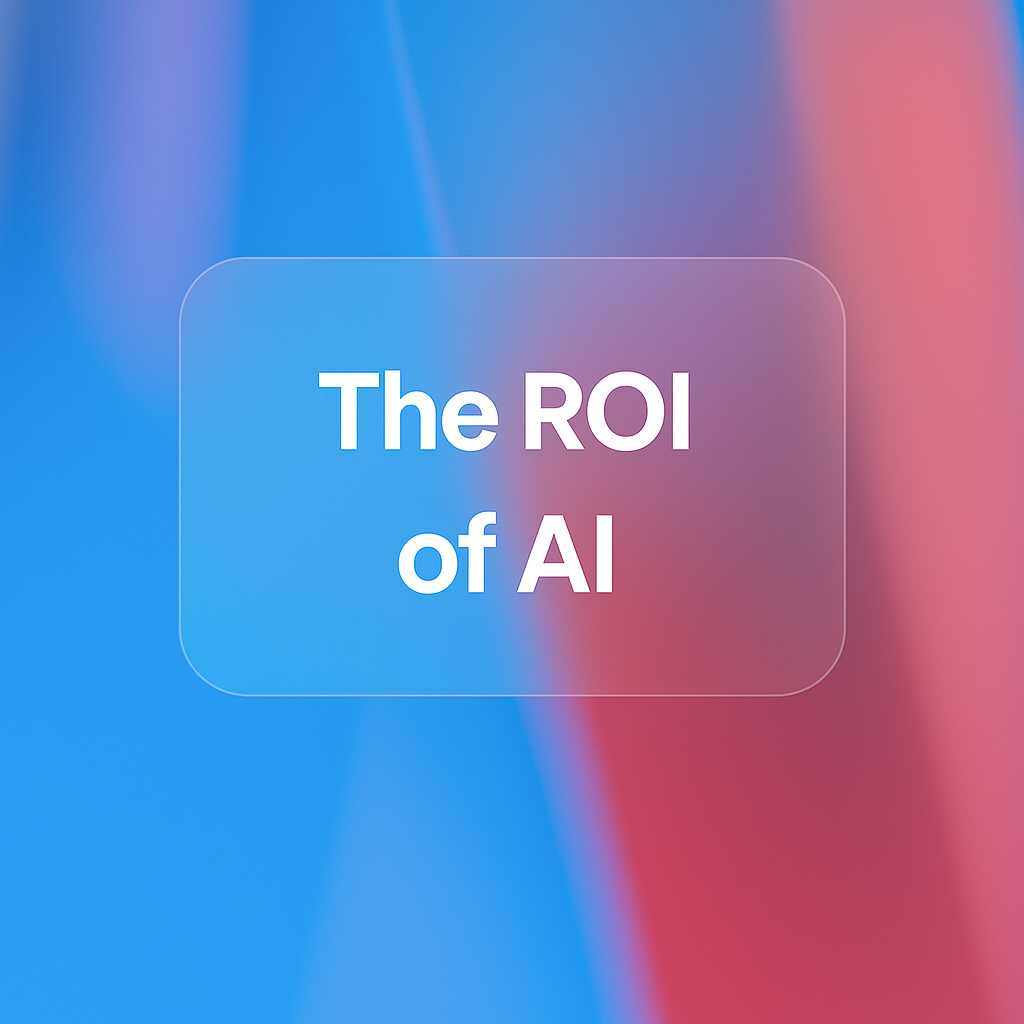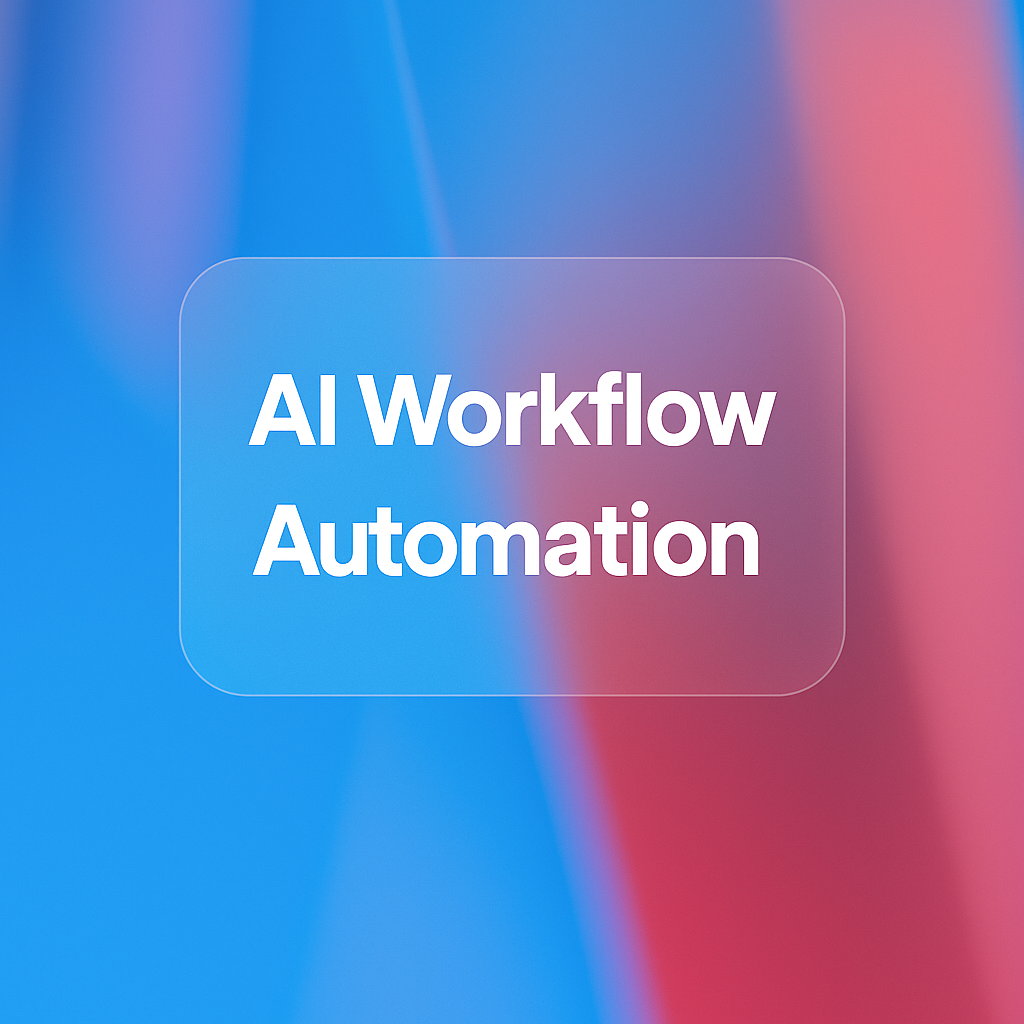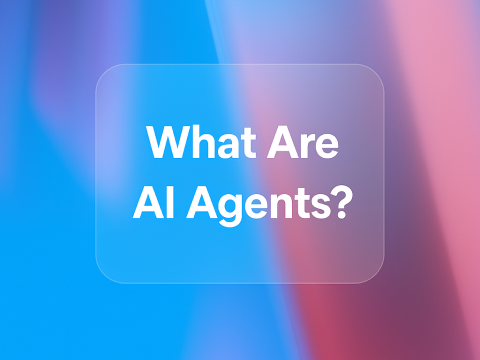
The ROI of AI: Measuring What Actually Matters
Most companies measure AI success by cost savings—but the real ROI comes from competitive advantages, innovation, and long-term strategic value. Learn how to measure what truly matters.
The boardroom question is inevitable: “What’s our return on investment from AI?” Yet most organizations struggle to answer this convincingly because they’re measuring the wrong things. Time saved, tasks automated, and costs reduced tell only part of the story. The real value of AI lies in strategic capabilities it enables: faster decision-making, improved customer experiences, enhanced innovation capacity, and competitive advantages that compound over time.
Understanding AI ROI requires moving beyond simple cost-benefit calculations to comprehensive value assessment that captures both immediate efficiency gains and long-term strategic impact. This shift in measurement approach determines whether AI implementations deliver transformational business value or merely automate existing inefficiencies.
The organizations that succeed with AI are those that establish sophisticated measurement frameworks from the beginning, tracking leading indicators that predict future success rather than just lagging indicators that confirm past efficiency. Let’s explore how to measure AI ROI in ways that drive strategic decision-making and demonstrate genuine business value.
Traditional ROI calculations focus on cost savings and efficiency improvements—important but incomplete measures of AI impact. While automating routine tasks saves time and reduces expenses, the strategic value emerges from capabilities AI enables rather than tasks it replaces.
Consider how AI transforms decision-making speed and quality. When marketing teams can test campaign variations in real-time, adjust strategies based on performance data, and personalize customer experiences at scale, the value extends far beyond the cost of creative development time saved. The real ROI comes from improved campaign performance, higher customer engagement, and competitive advantages in market responsiveness.
Similarly, AI-powered customer service doesn’t just reduce support costs—it enables 24/7 availability, consistent response quality, and proactive issue resolution that transforms customer relationships. The ROI includes reduced churn, increased customer lifetime value, and enhanced brand reputation that drives organic growth.
Direct Financial Impact:
- Cost Reduction: Labor savings, operational efficiency, resource optimization
- Revenue Enhancement: Sales improvements, customer acquisition, pricing optimization
- Risk Mitigation: Compliance improvements, error reduction, fraud prevention
Operational Excellence:
- Speed Improvements: Faster processes, quicker decision-making, reduced time-to-market
- Quality Enhancements: Consistency improvements, error reduction, standardization
- Scalability Gains: Capacity increases without proportional resource growth
Strategic Value Creation:
- Competitive Advantages: Market differentiation, innovation capabilities, agility improvements
- Customer Experience: Satisfaction improvements, personalization, service quality
- Data-Driven Insights: Better decision-making, predictive capabilities, market intelligence
Organizational Capabilities:
- Skill Development: Team upskilling, new competencies, technology adoption
- Innovation Capacity: Experimentation ability, creative problem-solving, strategic flexibility
- Future Readiness: Technology infrastructure, competitive positioning, market adaptation
Long-Term Strategic Impact:
- Market Position: Brand perception, competitive moats, industry leadership
- Growth Enablement: Scalability, expansion capabilities, new market opportunities
- Ecosystem Development: Partnership opportunities, platform effects, network advantages
Executives need ROI measurements that connect AI investments to strategic business objectives and competitive positioning. Executive-level metrics focus on market impact, organizational capabilities, and long-term value creation rather than operational efficiency alone.
Marketing professionals should measure AI ROI through customer acquisition efficiency, engagement quality improvements, and campaign optimization capabilities. Traditional metrics like cost-per-click improvements tell only part of the story—the real value lies in enhanced customer understanding and personalization capabilities.
Operations teams should measure AI ROI through process improvement, quality enhancements, and capacity optimization. However, the strategic value often lies in capabilities AI enables rather than just efficiency improvements achieved.
Healthcare organizations must balance efficiency improvements with patient outcome enhancements and regulatory compliance benefits. AI ROI in healthcare includes reduced administrative burden, improved diagnostic accuracy, and enhanced patient experience.
Financial services firms should measure AI ROI through risk management improvements, customer experience enhancements, and regulatory compliance capabilities. The strategic value includes enhanced fraud detection, improved credit decision-making, and personalized service capabilities that drive customer loyalty.
Legal, accounting, and consulting firms should measure AI ROI through client service improvements, knowledge management enhancements, and business development capabilities. The strategic value includes faster research capabilities, improved proposal quality, and enhanced ability to handle complex projects efficiently.
Before implementing AI solutions, establish comprehensive baseline measurements across all relevant dimensions. Document current performance levels, cost structures, and capability limitations to enable accurate ROI assessment.
Develop comprehensive dashboards that track AI ROI across multiple timeframes and stakeholder perspectives. Include daily operational metrics, monthly strategic indicators, and quarterly competitive assessments to provide complete ROI visibility.
Treat ROI measurement as an ongoing optimization process rather than a one-time assessment. Regular review and refinement of measurement approaches ensures continued alignment with business objectives and strategic priorities.
AI investments often generate compounding returns that traditional ROI calculations miss. As AI systems learn from data and interactions, their value increases over time without proportional cost increases. This compounding effect creates long-term strategic advantages that justify initial investment costs.
Consider how AI implementations create network effects and ecosystem value that extend beyond immediate organizational boundaries. AI capabilities can enhance partner relationships, enable new business models, and create platform effects that multiply initial investment returns.
Develop predictive models that forecast AI ROI based on leading indicators and strategic objectives. These models help justify continued investment and guide strategic decision-making about AI development priorities.
Measure AI’s contribution to organizational agility and strategic flexibility. The ability to rapidly adapt to market changes, customer needs, and competitive threats often represents AI’s most valuable ROI component but requires forward-looking measurement approaches.
The most successful organizations view AI ROI measurement as a strategic capability that drives continuous improvement and competitive advantage. By implementing comprehensive measurement frameworks that capture both immediate efficiency gains and long-term strategic value, you’re positioning your organization to maximize AI investments while demonstrating clear business value to stakeholders at every level.

Most companies measure AI success by cost savings—but the real ROI comes from competitive advantages, innovation, and long-term strategic value. Learn how to measure what truly matters.

Tired of drowning in repetitive tasks and disorganized systems? Learn how AI workflow automation can turn daily chaos into streamlined clarity, freeing up your time for what really matters.

Imagine a digital teammate who not only understands your goals but takes initiative, researching, planning, and executing tasks while you focus on the big picture. That’s the promise of AI agents: intelligent, autonomous systems reshaping how modern work gets done.

Unlocking AI’s full potential doesn’t start with the tech, it starts with your words. A well-crafted prompt is your golden key to better outputs, faster workflows, and smarter results. Master the art, and watch GenAI become your most powerful collaborator.
Navigation
Industries
Roles
Categories
2025 © UseGen.ai. All rights reserved.